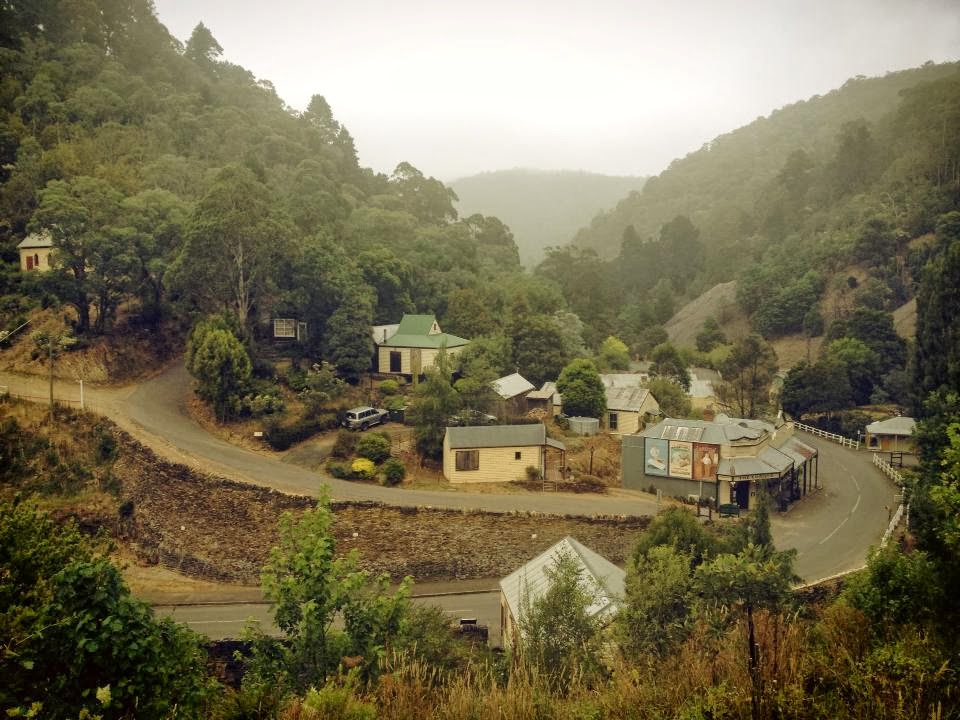The time to
prepare for summer bushfire safety is in the winter. Now.
Even if you plan to evacuate, your house is
more likely to be there when you return if you prepare for its safety.
During a bushfire, vacated homes have
the highest chance of being destroyed and each burning house sends embers to destroy
others. Most in-town house losses are caused by such house-to-house ignitions -
not by the bushfire itself. Good preparation, and knowledge of what to do, can
virtually assure survival.
Of the few Black
Saturday fatalities classified as having made some preparations (14%), the
majority did
so, bushfire scientists investigating the losses
noted: ‘only
in the hours, or minutes, before they thought a fire would hit.’
Contrary
to the official fire service message, they found that people had not died because they stayed to defend. That only 5% of fatalities in or near houses had been engaged in any kind of active defence and very
few had a comprehensive fire plan. That
more than 2/3 of houses in the Black Saturday fire zones survived and 80%
of home defenders succeeded.
The
post-Black Saturday research confirmed that almost every loss is caused not by
‘catastrophic’ weather, lack of official warning, nor by ‘staying’ or ‘going’.
But by apathy, ignorance, and confused understanding. What
did some know that others did not?
Winter
is the time to:
·
Modify
the grounds.
·
Make
and mend.
·
Check
your bushfire safety plan and personal Survival Kit
Inspect
the garden
for clutter and flammability. In an un-cluttered garden, flames have to thin out; radiant heat has to
die down, embers become sparse. The less dense the vegetation, the less intense
any fire in it. Remove undergrowth and mow grass beneath trees - a tree can
only ignite if such ‘kindling’ is beneath it. Replace highly flammable native
plants and ‘fine fuel’ with fire retardant plants such as succulents and
European deciduous trees. Move plants away from walls and windows. Flames can’t
ignite cladding if it’s not being hugged by shrubs.
House
are rarely destroyed by bushfire’s flames. Ignitions are caused by ember entry.
They burn from the inside
outwards, furniture and fittings first, frame and cladding last. Roof/ceiling
space, windows and sub-floor are the main entry points.
Walk round your property and take
note of spots where embers could penetrate.
·
Clean
out the roof void! If you don’t have an inspection trapdoor, make one. Insulate
above and below rafters.
·
Secure loose iron and fill nail holes. Install
low flow roof sprinklers if affordable.
·
Plug cracks with a fire resistant expandable epoxy-type filler
·
Shutter or screen windows and skylights so
neither radiant heat nor embers can crack them.
·
Furnishings
with fire resistant materials. Embers can’t ignite floors if they’re slate,
tile, brick or quality lino.
·
Pack
a Survival Kit containing pure wool blanket.
·
Prepare,
plan and practice a thorough safety plan based on proven
information.


%2B(2).jpg)













